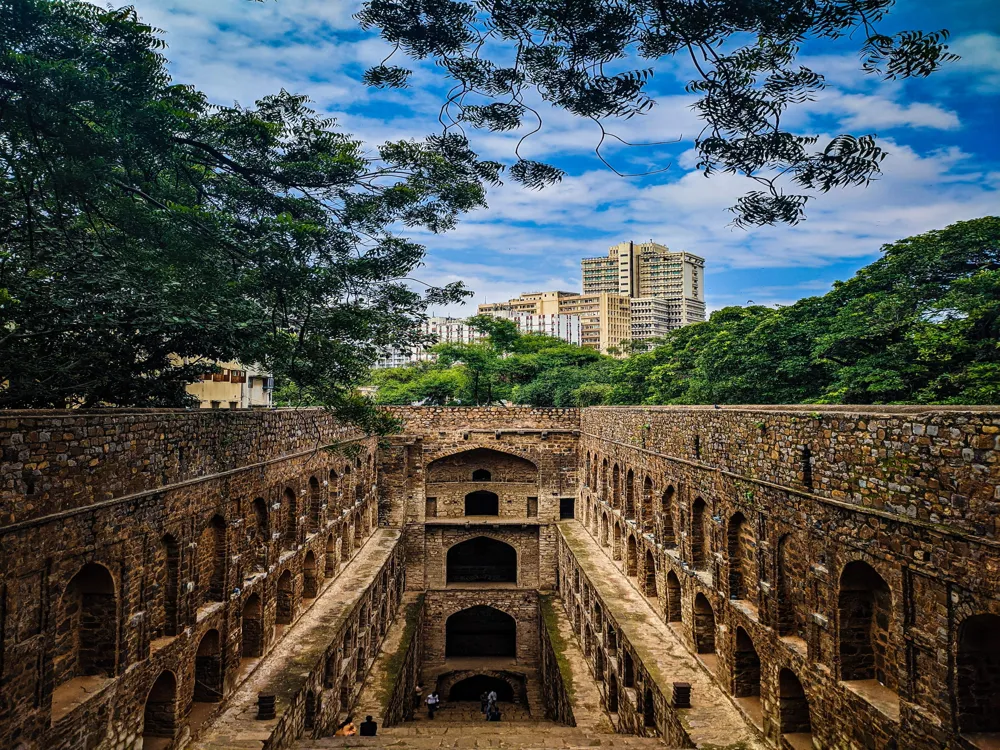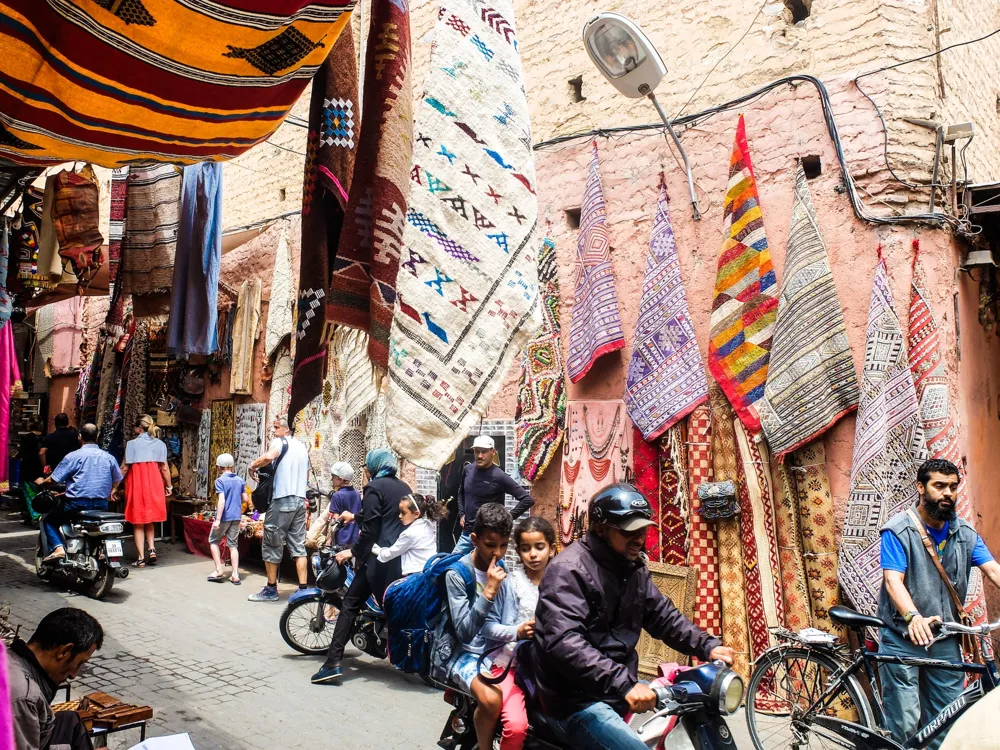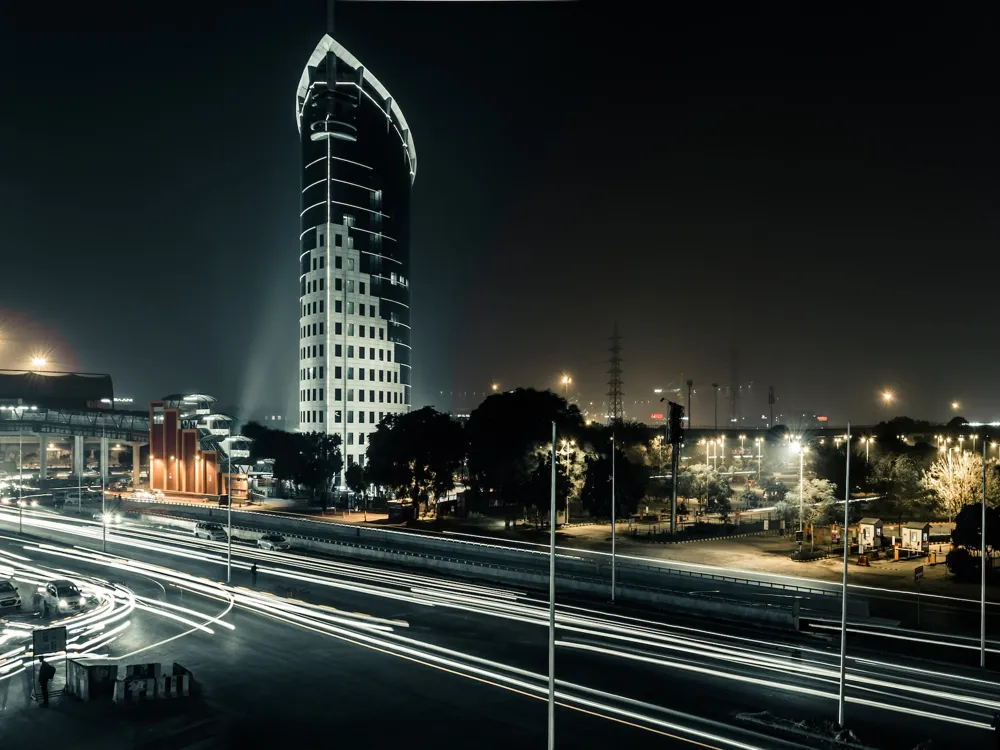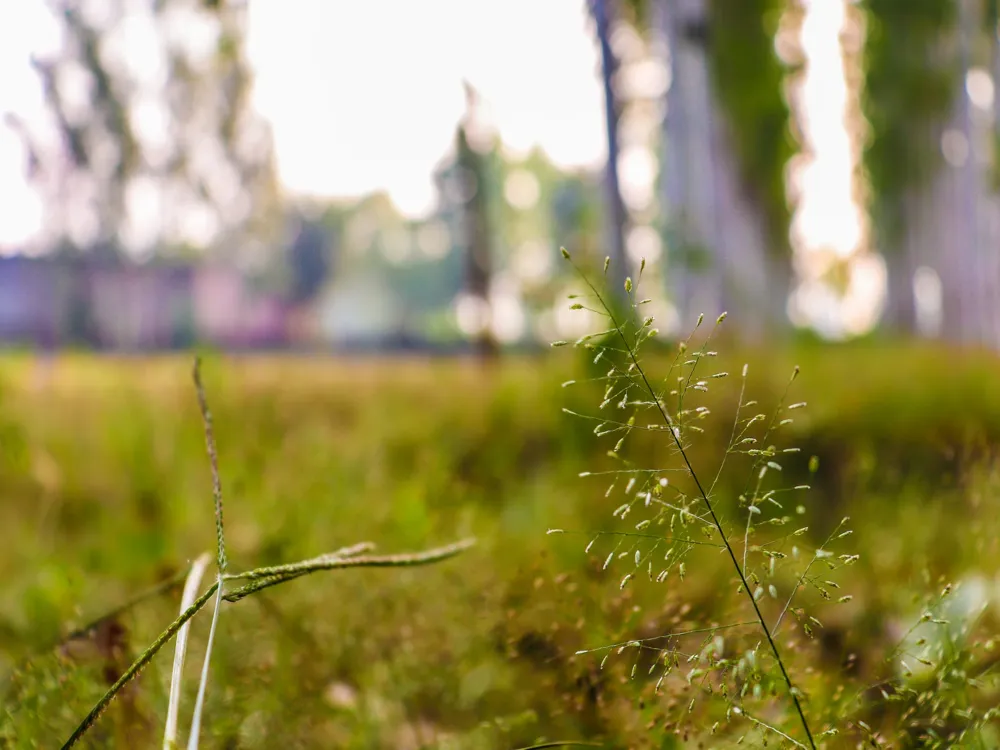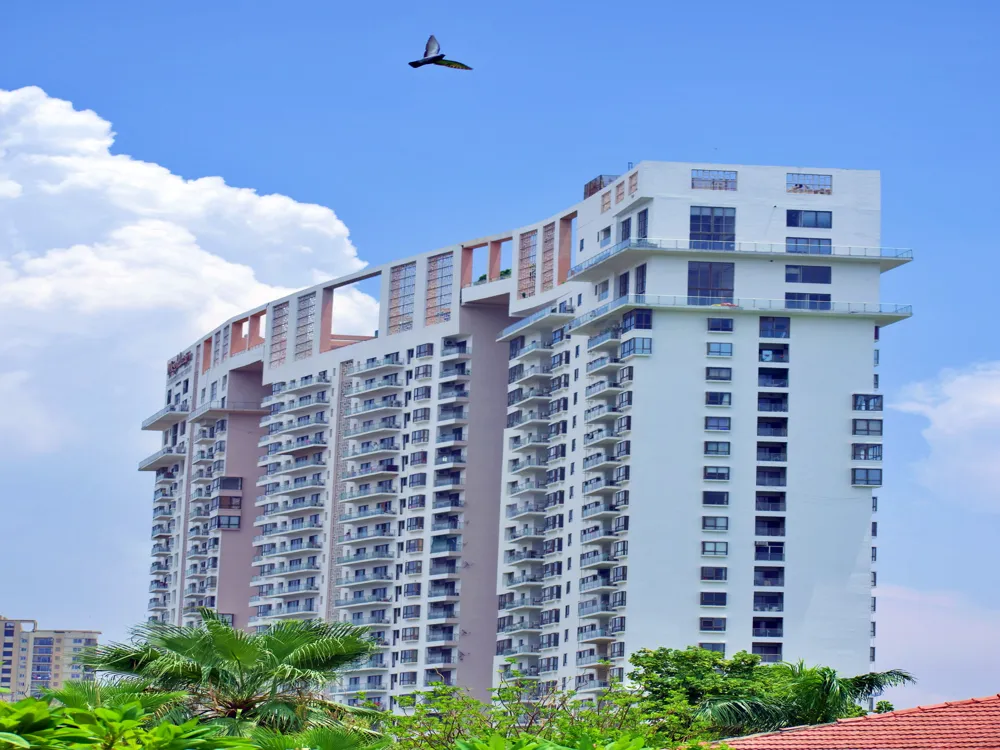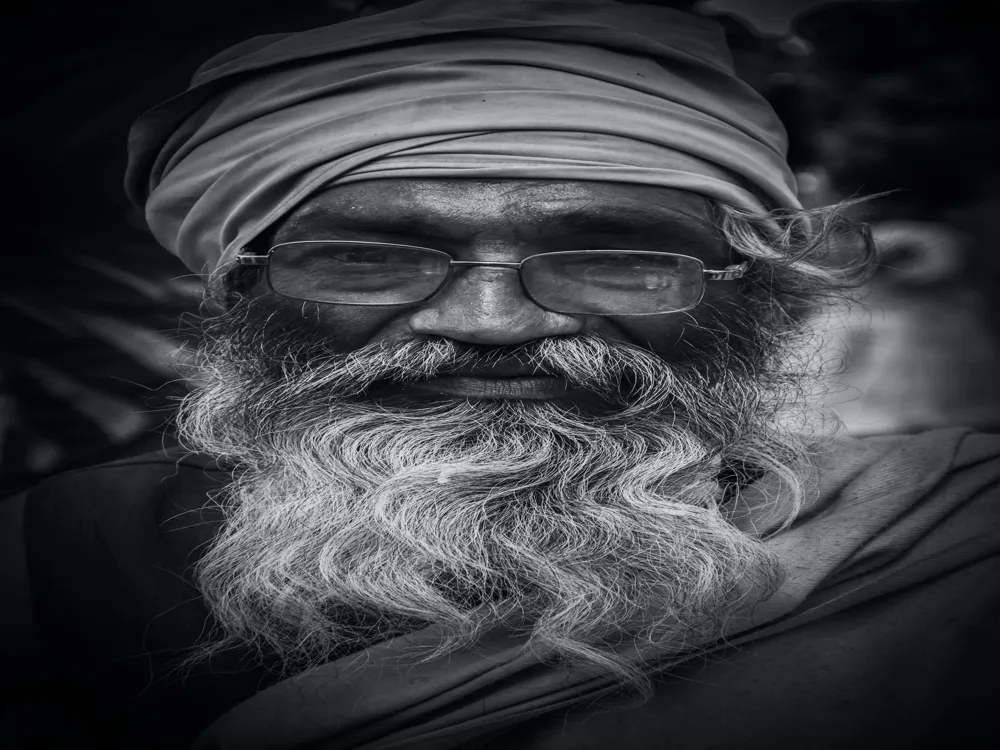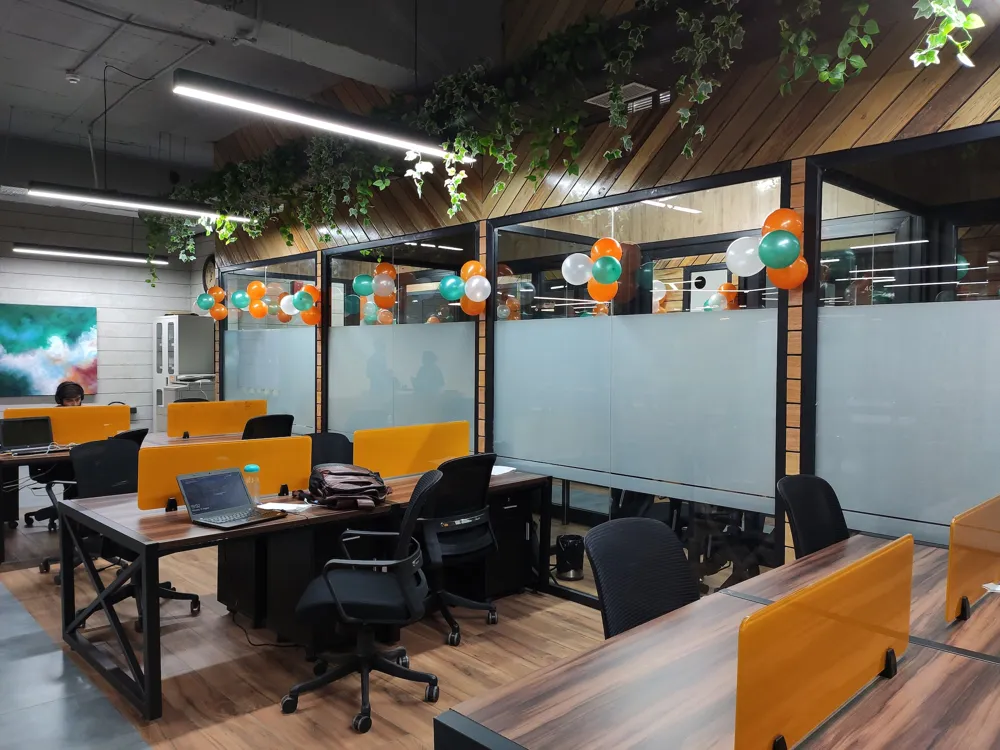Tughlaqabad Fort, located in South Delhi, is a symbol of the rich history of Delhi. Built by Ghiyas-ud-din Tughlaq, the founder of the Tughlaq dynasty, this massive fortification holds immense historical and architectural significance. The fort's ruins offer a glimpse into the grandeur of its past, with its massive walls and imposing battlements. The architecture of Tughlaqabad Fort is a fine example of Tughlaq dynasty's design, characterized by thick and high walls, and robust fortifications. The fort was strategically built to protect against invasions and is a testament to the medieval architectural ingenuity in India. Its unique design includes underground passages, grand palaces, and the mausoleum of Ghiyas-ud-din Tughlaq. Ensure to wear comfortable footwear as the area is vast and requires a lot of walking. Carry water bottles, sun protection, and possibly a guidebook to understand the historical significance of various structures within the fort. The ideal time to visit Tughlaqabad Fort is during the cooler months from October to March. Early mornings or late afternoons are preferable to avoid the harsh sun. The fort offers excellent opportunities for photography. The best shots can be captured from the higher points of the fort, especially during sunrise or sunset, when the light casts dramatic shadows over the ruins. Tughlaqabad Fort is easily accessible by various modes of transportation. The nearest metro station is Tughlaqabad on the Violet Line. From there, you can take an auto-rickshaw to the fort. Alternatively, buses and taxis are also available from different parts of Delhi to reach the fort. Read MoreOverview of Tughlaqabad Fort, South Delhi, Delhi, NCR
Architecture of Tughlaqabad Fort
Tips When Visiting Tughlaqabad Fort
Preparation and Precautions
Best Time to Visit
Photography Tips
How To Reach Tughlaqabad Fort
Tughlaqabad Fort
South Delhi
Delhi
Ncr
₹ 4,299 onwards
View delhi Packages
Weather :
Tags : Forts & Palaces
Timings : 7:00 AM - 5:00 PM (All Days)
Time Required : 2-3 hrs
Entry Fee : Indians: INR 20
Citizens of SAARC and BIMSTEC countries: INR 20
Foreigners: INR 200.
Children (up to 15 years of age): Free
Planning a Trip? Ask Your Question
Delhi Travel Packages
View All Packages For Delhi
Top Hotel Collections for Delhi

Private Pool

Luxury Hotels

5-Star Hotels

Pet Friendly
Top Hotels Near Delhi
Other Top Ranking Places In Delhi
View All Places To Visit In delhi
View delhi Packages
Weather :
Tags : Forts & Palaces
Timings : 7:00 AM - 5:00 PM (All Days)
Time Required : 2-3 hrs
Entry Fee : Indians: INR 20
Citizens of SAARC and BIMSTEC countries: INR 20
Foreigners: INR 200.
Children (up to 15 years of age): Free
Planning a Trip? Ask Your Question
Delhi Travel Packages
View All Packages For Delhi
Top Hotel Collections for Delhi

Private Pool

Luxury Hotels

5-Star Hotels

Pet Friendly









